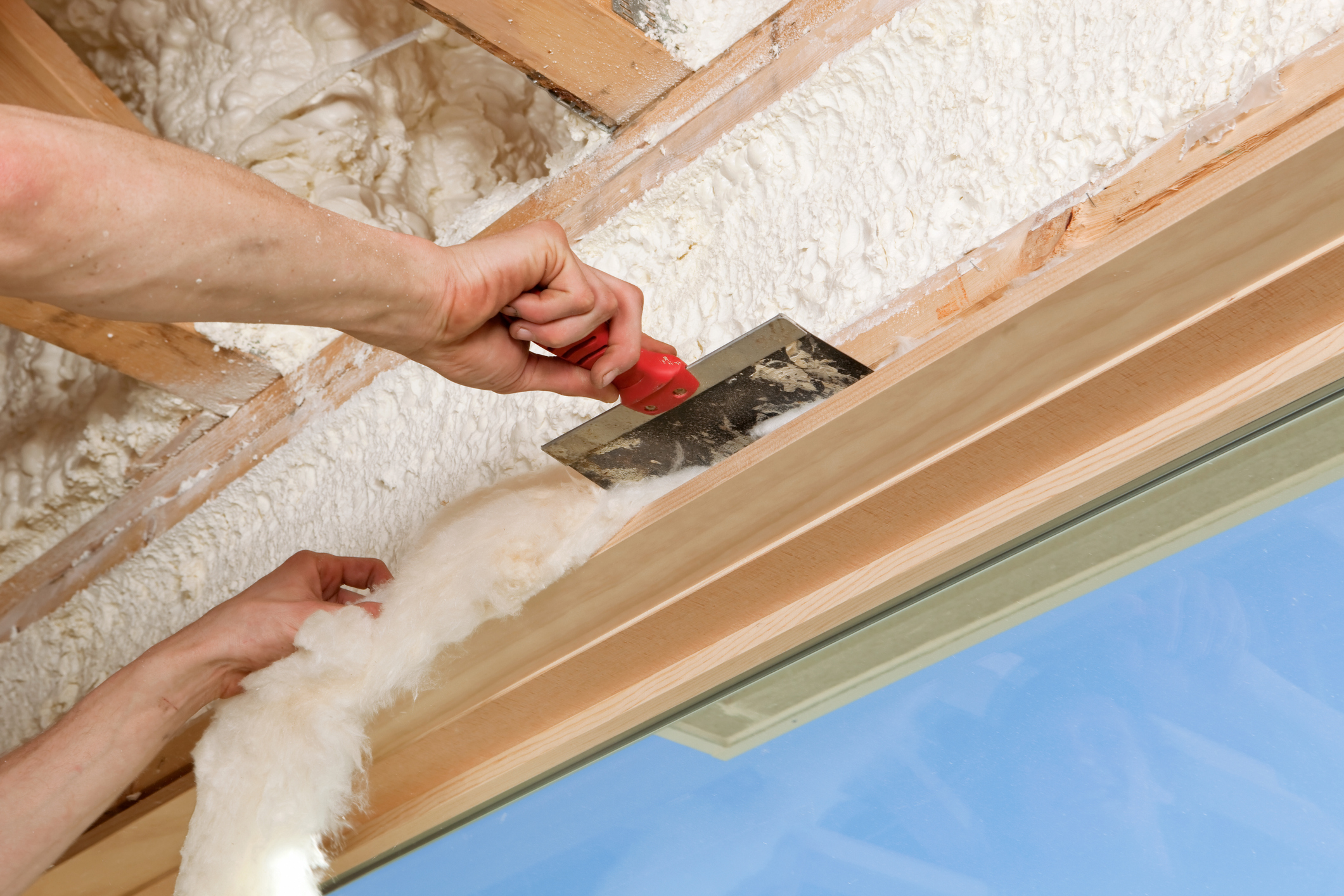Moisture Myth Buster: How to Dry Out Insulation
The use of the word 'moisture' in the same sentence as 'home' is enough to make any homeowner's skin crawl. Excess moisture in the home can lead to undesirable issues for the home itself and its occupants. Health hazards and structural damage are the two primary concerns when it comes to excess moisture. Homeowners often assume replacing insulation in an attic that has been affected by excess moisture is the only way to correct the problem. This is not the case. In fact, instead of diving into costly insulation replacement, an inexpensive dehumidifier may be all you need. Let's take a closer look at moisture and how a dehumidifier can save you time and money.

Causes of Excess Moisture
The ideal relative humidity of your home varies to some degree based on the climate and time of year. As a general rule, the humidity of your home should be somewhere between 30 and 50 percent. Excess moisture occurs when the humidity is higher than the recommended range.
Excess moisture in the attic can be caused by:
- Poor ventilation
- Roof leaks
- Leaking pipes
Uninsulated pipes in the attic can also result in condensation and excess moisture.
Problems Related to Moisture
When most people think of moisture, they instantly think of mold and mildew invading their home. Mold can grow on just about any surface in your home, including:
- Flooring
- Attics
- Drywall
- Wood
- Basements
- Insulation
- Windows
- Doors
Mold and mildew can be hazardous to you and your family's health. The spores produced can become airborne. These spores can then travel through the air, as well as the ducts of the heating and air system. Spores inhaled by you and your family members may subsequently cause allergies, infections, skin irritations and other respiratory issues.
Moisture poses a threat to the health of your home as well. Excess moisture in the walls, windows, and doors will eventually lead to rot and failure of these structures. This can lead to extensive and costly damages.
Attics and Moisture
You've discovered moisture in the attic. How do you determine whether you need to replace the insulation or if a dehumidifier will do the trick? First, timing is everything! If you catch the moisture relatively quickly before mold and mildew have taken root in the insulation, you may have an alternative solution available.
All materials dry out over time under the right conditions. You want to dry the attic and insulation as quickly as possible to prevent mold, mildew, and damage to your home.
Placing a dehumidifier in your attic can help expedite the drying out process.
If you aren’t certain what stage the problem is at, a professional roofing company can determine whether an insulation replacement is necessary.
How does a Dehumidifier Work?
The purpose of a dehumidifier is to remove excess moisture from the air and decrease the humidity of the space. The dehumidifier pulls in moist air from the attic, which once it’s cooled, makes the moisture condensate. The resulting water is collected in a reservoir within the humidifier. The air, which is now dryer is reheated and released back into the attic.
Excess moisture exists in your home for a reason. In addition to drying out the moisture, you’ll also need to locate the source of the problem and have it repaired promptly to prevent another occurrence. A professional roofing company can help you check for proper ventilation, ensuring all dryers vent to the outside of the home. You’ll also want to ensure that there aren't any existing leaks in the roof and that all pipes are properly insulated.
The team at Gary Wild Roofing in St. Catharines have years of experience in roofing, windows, siding, insulation and more. Contact Gary Wild Roofing for your free estimate today!
